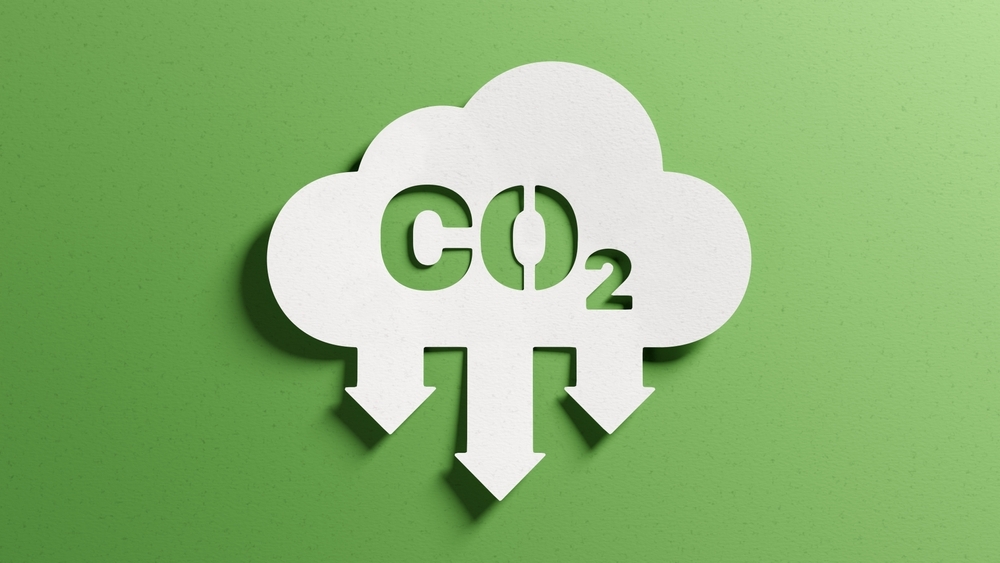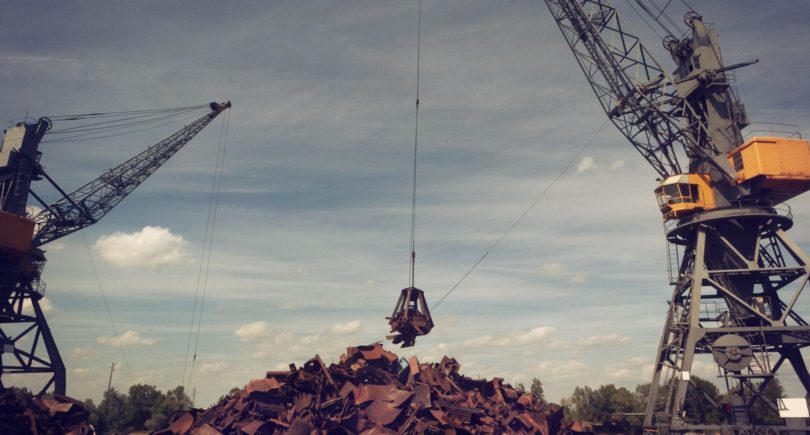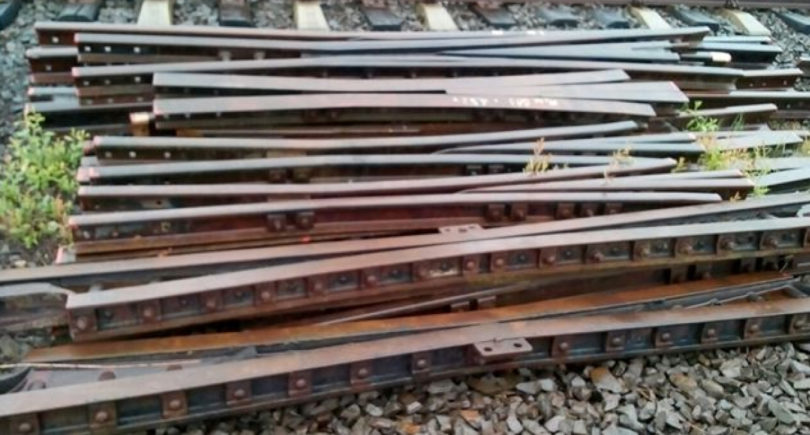
News Industry green steel 2641 05 April 2025
High hydrogen costs and infrastructure problems may slow progress
Production of hydrogen-based green steel could reach 46 million tons by 2035, according to a new report by technology research firm IDTechEx. This is reported by gasworld.
However, high hydrogen costs, problems with the relevant infrastructure and policy uncertainty may slow down progress, and 46 million tons represent only about 2.5% of annual global steel production. As things stand, coal-fired blast furnaces will remain the dominant technology for many years.
European policies, such as the Emissions Trading System (ETS) and the upcoming Carbon Border Adjustment Mechanism (CBAM), as well as public funding, are accelerating green steel initiatives.
In general, countries use different approaches. For example, the United States offers tax incentives and grants for hydrogen and carbon capture, although the long-term prospects for the technology remain uncertain. China is rapidly expanding its hydrogen capacity, but still relies on fossil sources such as coke oven gas to produce direct reduced iron (DRI).
To reduce emissions for existing facilities, steelmakers are resorting to the introduction of hydrogen or biomass into blast furnaces, recycling of waste gases, and expanded use of electric arc furnaces. However, these measures are not seen as long-term solutions. Investments in next-generation technologies are also growing.
At the same time, the automotive sector is leading the demand for sustainable steel as it prepares for stricter regulations on recycled content and Scope 3 emissions. According to IDTechEx, green steel adds only $100-200 to the cost of each car produced, and the sector can cover it. Processes in the construction and industrial equipment and shipbuilding sectors are slower.
The main obstacle at IDTechEx is the high cost and limited supply of “green” hydrogen. For example, in Europe, prices often exceed €6/kg, so manufacturers are hesitant to invest because they are unsure of political support or the cost of hydrogen in the long term.
However, large steel companies are allocating billions to develop hydrogen technologies. By the mid-2030s, about 100 million tons of hydrogen-ready production capacity will be announced worldwide. Most of these projects will be launched using natural gas.
Replacing fossil fuels with green hydrogen depends on creating demand for it, as buyers are unwilling to pay green premiums. This was stated by Fortescue Energy CEO Mark Hutchinson. He noted that electrolyzers are expensive, and government subsidies to reduce these costs for companies were not as expected. However, Hutchinson hopes that the demand for hydrogen will grow over the next few years amid falling prices.




